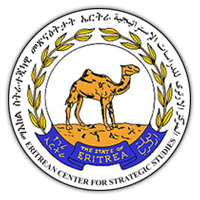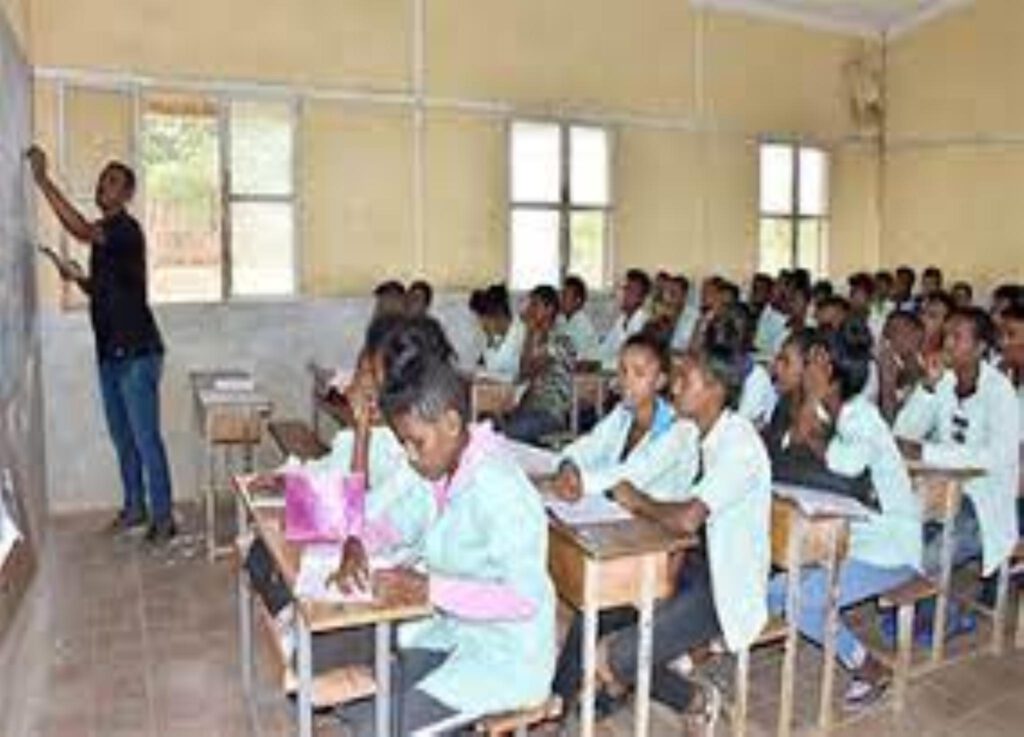December 30, 2017
Editorial – EU’s Ambivalent Stance on Migration
 In what appears as a knee-jerk reaction to public outrage following the recent CNN footage showing “migrants being sold as slaves” in Libya, the EU has floated the notion of a “humanitarian corridor” to relocate “stranded refugees to Europe”. In an apparent bid to elaborate the contours of this new policy, Italian Interior Minister, Marco Minniti, stated this week that “up to 10,000 refugees are slated to benefit from the programme in 2018”.
In what appears as a knee-jerk reaction to public outrage following the recent CNN footage showing “migrants being sold as slaves” in Libya, the EU has floated the notion of a “humanitarian corridor” to relocate “stranded refugees to Europe”. In an apparent bid to elaborate the contours of this new policy, Italian Interior Minister, Marco Minniti, stated this week that “up to 10,000 refugees are slated to benefit from the programme in 2018”.
This perplexing stance provokes more questions than the ostensible remedies that it pretends to offer. First off, does the “new policy” stem from philanthropic considerations or does it actually camouflage other ulterior political motives? Can the approach offer a credible panacea to the underlying problem? What is the origin and significance of these numbers? Who are the “refugees”? etc.
The EU project is admittedly grappling with a plethora of deep-seated and multi-layered problems these days. Centrifugal tendencies epitomized by Bre-Exit and other separatist movements; EU’s imminent economic eclipse in the global pecking order due to the inexorable rise of more dynamic emerging economies, (the G7 by 2050 will not include a European country, according to some forecasts); and demographic challenges – population growth in most EU countries has fallen from high positive values in the 1960’s to essentially zero recently – have all poked huge potholes in the EU project putting in doubt its ultimate viability.
Compounded by this backdrop of profound political uncertainty, EU immigration policies – both at the Union and individual country levels – have tended to be ambivalent; vacillating from an “open” to “fortress Europe” facade largely on account of the dynamics of domestic/electoral politics in the individual Member States.
It must be stressed here that in terms of pure national interest, political parties of all philosophical persuasions in Europe have all along embraced migration for cogent reasons. Indeed, declining demography could only be countered with a properly crafted immigration policy that was hinged on attracting both highly qualified and manual labour. In this scheme, skilled/professional migrants would meet labour deficits in high-end manufacturing/service sectors while unskilled migrants would cater for labour demand in menial jobs as well as household chores for aging European populations.
But this equilibrium has been somewhat disrupted recently due to some critical factors. EU’s interventionist wars in the Middle East, particularly in Syria and Libya, have immensely exacerbated the migration influx. Coupled with economic stagnation, this trend has bred resentment bordering on xenophobia in many EU countries in substantial segments of the citizenry giving rise to unprecedented electoral gains for hitherto marginal nationalist/populist political forces in several European countries. Public acrimony and ambivalence of Europe regarding migration can this be distilled to, and is inextricably linked with, the interplay of these factors.
The Libyan Dimension
As intimated above, NATO’s reckless and ill-conceived military intervention in Libya in 2011 has entailed a host of unforeseen and perhaps unintended consequences. This is not the forum to discuss the merits or deficiencies of the Qhaddafi regime. Whatever the verdict on this matter – and this is principally the prerogative of the Libyan people – NATO’s military intervention was untenable from the outset in terms of international law. And, the folly has only been amplified by the mayhem and chaos its sequel has bred in Libya, and other countries in the neighborhood, as a result of acts of terror by AQIM/ISIS franchises which have evidently flourished in the vacuum that was created.
The “refugee crisis” that has unfolded ever since must thus be gauged and proposed solutions assessed, within this context. The primary issue to address in this regard is what is the rationale for creating a “humanitarian corridor” to catapult these hapless victims to far off alien lands. What are the prospects for their proper and worthy integration in the European communities? Or is this a scheme essentially designed to attract cheap manual labour albeit its convenient packaging in humanitarian garb? And above all, are these “refugees” facing persecution in their home countries, or economic migrants in search of elusive “green pastures”; caught in the dragnet, so to speak, of the unholy alliance of human traffickers and the purveyors of a sinister political agenda?
For Eritrea, the latter issue is of paramount importance. Certain political forces in Europe and elsewhere have connived for more than ten years now, to pursue policies of “strategic depopulation” against Eritrea as part and parcel of their over-arching policy of “regime change”.
Eritrea’s youth, especially those in the National Service, were particularly targeted in advancing this futile scheme. These Governments have often employed the UNHCR as a lead agency to rationalize and orchestrate this policy. The UNHCR malicious guidelines, issued in 2009 and 2011, and which advocated literally granting blanket “bona fide refugee status” to Eritrean economic migrants, were concocted to provide legal cover to this subversive scheme. (Earlier in 2004, the Kunama ethnic group was mendaciously categorized as a “persecuted people” and targeted, mostly unsuccessfully, for resettlement in third countries, including Ethiopia).
This deplorable scheme has many facets/tentacles and included “promises of fast resettlement in third countries” to the youth who leave the country illegally. In recent years, perhaps in response to public protest against migration in European cities, the scheme has morphed into extending financial largesse to Ethiopia to “create employment opportunities” to these “refugees”. And of course, incessant demonization of the Eritrean Government has become a favoured instrument in their tool box as they need to justify and imbue “humanitarian mantle” to this misguided policy.
All these schemes have had their toll. But they have essentially failed to achieve their primary objective. Now in Libya too, we hear the same old choir. The Reuters news story of December 25 this week alludes to the “evacuation of 162 vulnerable people from Eritrea, Ethiopia, Somalia and Yemen”.
As we have repeatedly underlined, dwelling on these episodes in isolation will not bear any fruit. Indeed, Eritrea has repeatedly urged the UN to undertake an independent and transparent investigation of the whole episode both in order to bring about a comprehensive and lasting solution to this scourge and to take appropriate measures against the culpable parties.
This request was first made through the letter of President Isaias Afwerki to Banki-Moon on 5 February 2013 and repeated on several occasions thereafter, including through a recent letter to UNSG Antonio Guterres. Postponement of effective action will continue to compound the problem in all its dimensions.



